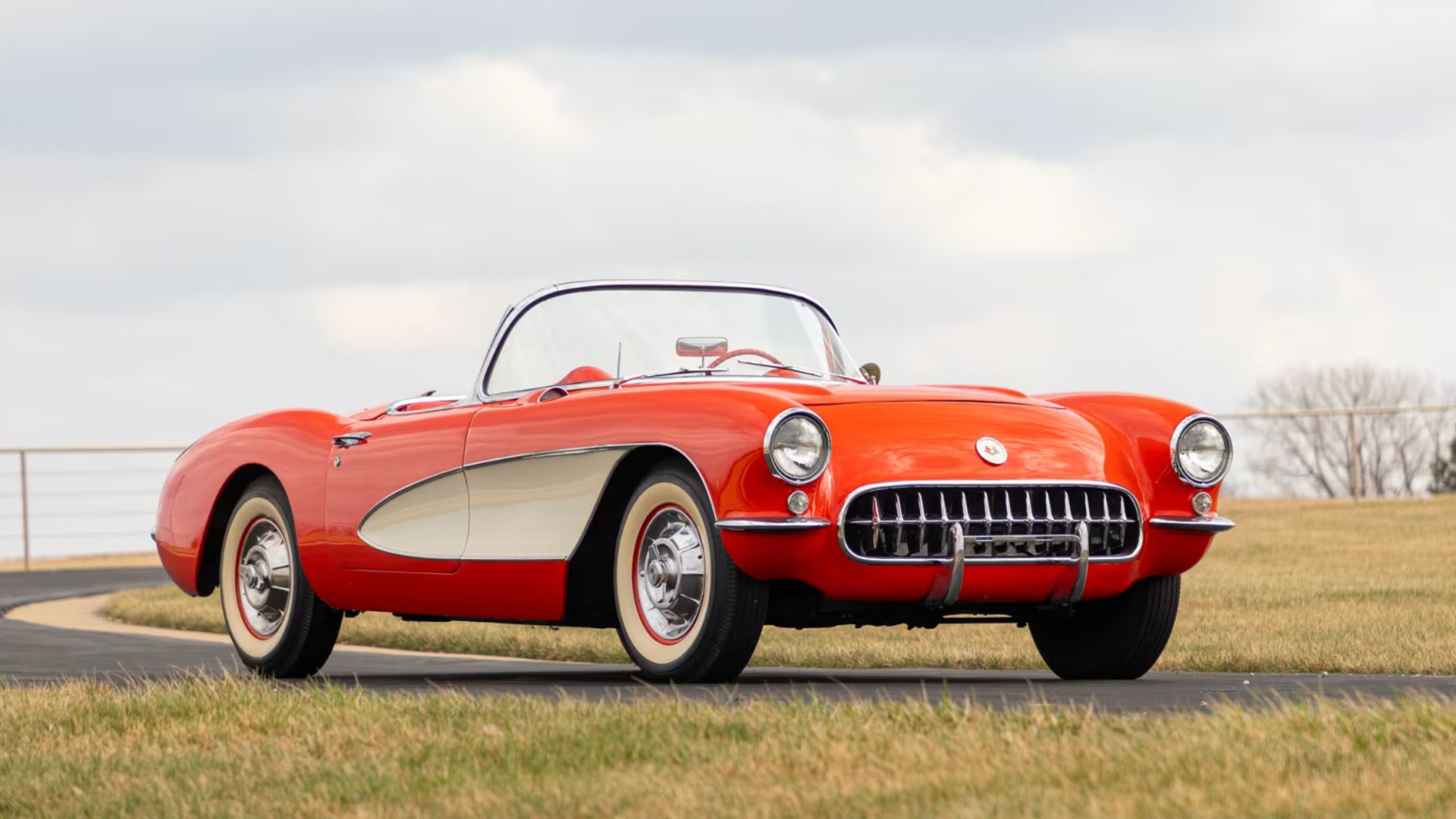More than seven decades after its debut as a Motorama concept car, the Chevrolet Corvette remains a symbol of American performance, reinvention, and resilience. With over 1.8 million units sold across eight generations, it continues to set the benchmark for U.S.-built sports cars.
The Corvette began life in 1953 as a limited-run convertible equipped with a modest inline-six engine. Despite its underwhelming performance, the car’s striking design and Harley Earl’s vision laid the foundation for a legacy. Zora Arkus-Duntov, later dubbed the “Father of the Corvette,” helped transform the car into a true performance icon, introducing V8 power and advanced engineering.
Throughout its evolution, the Corvette has reflected the changing face of American automotive design. The C2 “midyear” Sting Ray, introduced in 1963, stunned with a split rear window and independent suspension. The long-running C3 generation rode a wave of cultural change, peaking in popularity even as horsepower began to wane amid regulatory shifts in the 1970s.
The 1980s and ’90s brought digital dashboards, aerospace-inspired design, and global recognition for the ZR1, a supercar variant co-developed with Lotus. The introduction of the LS-series V8 in the C5 generation cemented the Corvette’s reputation for combining brute power with daily usability.
But the most dramatic shift came in 2020. With the arrival of the mid-engine C8, Chevrolet answered decades of speculation and finally repositioned the Corvette as a true supercar. That leap now includes electrification, with the all-wheel-drive hybrid E-Ray and the upcoming ZR1 boasting 1,064 hp from a twin-turbo V8.
Corvette production remains centered at GM’s Bowling Green Assembly Plant in Kentucky, and recent right-hand-drive models signal a growing international footprint.
While the auto industry leans toward EVs and tighter emissions, the Corvette endures as a rolling lab for GM’s latest technologies—and a reminder that performance still has a place in America’s automotive future.
